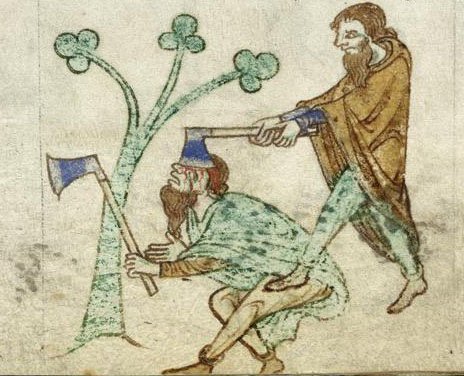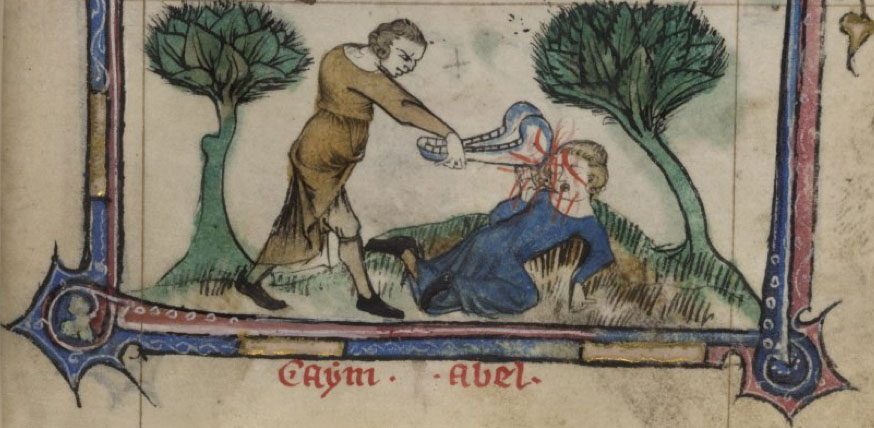- Download:
- MP3 Audio76 MB

We return from an unplanned semester hiatus with the third installment of our Medieval True Crime miniseries, continuing to explore the 13th-century coroner’s rolls of rural Bedfordshire (plus one item from 14th-century Essex), as well as muse on why murder narratives so monopolize our mysteries and how murder was defined in medieval England.
Today’s Texts
- Gross, Charles, editor. Select Cases from the Coroners’ Rolls, A.D. 1265-1413, with a Brief Account of the History of the Office of Coroner. Bernard Quarithc, 1896. Google Books.
References
- Green, Thomas A. “Societal Concepts of Criminal Liability for Homicide in Mediaeval England.” Speculum, vol. 47, no. 4, Oct. 1972, pp. 669-694. JSTOR, www.jstor.org/stable/2856634.
- Hanawalt, Barbara A. “Violent Death in Fourteenth- and Early Fifteenth-Century England.” Comparative Studies in Society and History, vol. 18, no. 3, July 1976, pp. 297-320. JSTOR, www.jstor.org/stable/178340.
- Kaste, Martin. “Open Cases: Why One-Third Of Murders In America Go Unresolved.” Morning Edition, National Public Radio, 30 Mar. 2015, www.npr.org/2015/03/30/395069137/open-cases-why-one-third-of-murders-in-america-go-unresolved.
- United States. Department of Justice. Bureau of Justice Statistics. “FAQ Detail: What is the probability of conviction for felony defendants?” www.bjs.gov/index.cfm?iid=403&ty=qa.
Image Credit: Detail of one man attacking another with an axe, from British Library Royal 13 B VIII f. 28.




Recent Comments